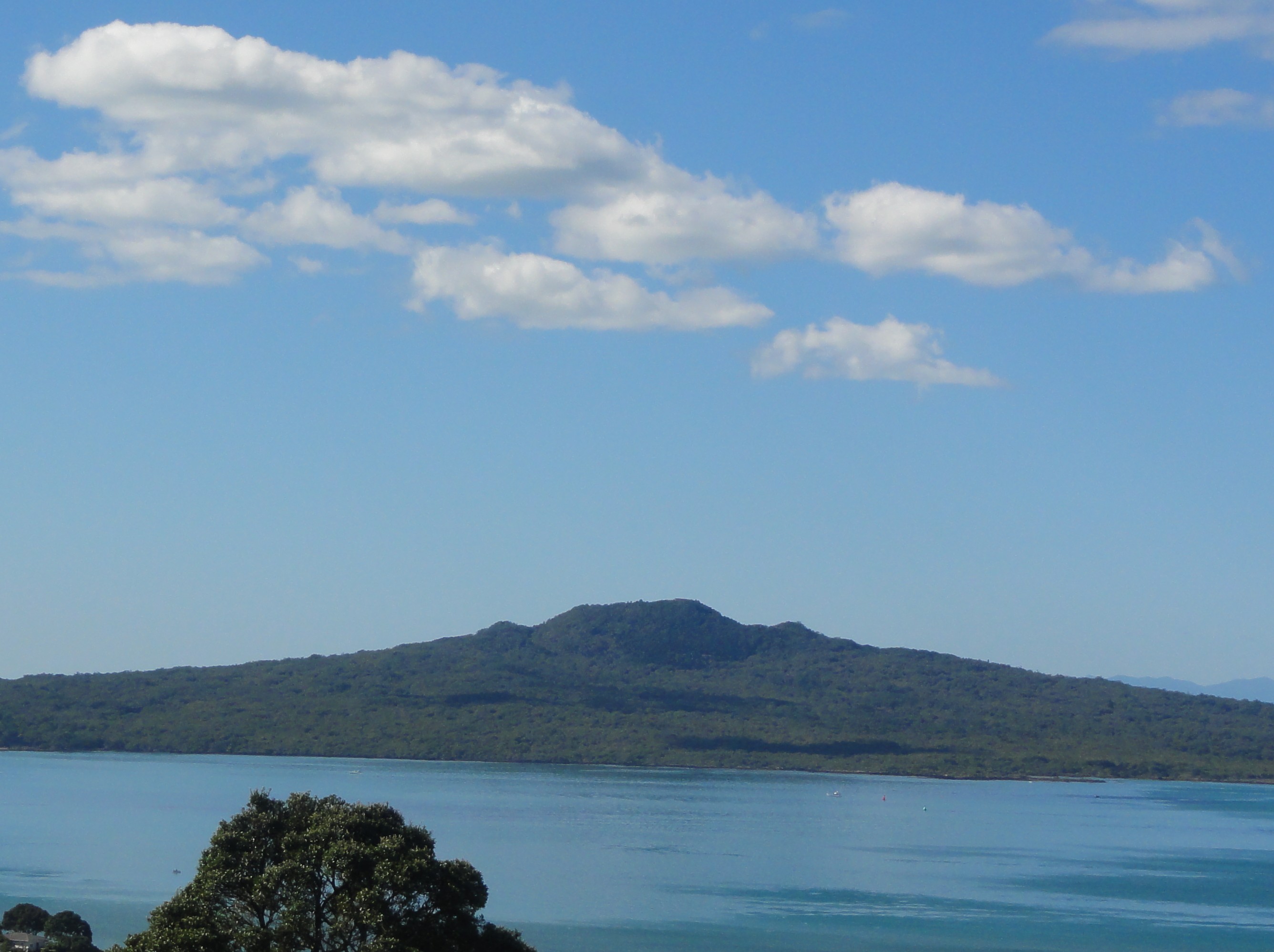Good morning!
We are at the third day of the five day autumnal equinox period, the middle point of the true equinox, and we are at our equinox sesshin. Sesshin is embracing or containing our usually outgoing, diffused, and confused mind and touching our true mind, contacting the Buddha mind (awakened mind).
Usually we don’t see into our inside, our minds, but we see only our outside, busy with finding something to obtain. Only when we stop, sit, and settle in our zen (jhâna, meditation), can we stop our usual processes and see what the minds are and the worlds are, stopping our busy activities, karmas.
Only when we stop our karmas, can we observe our minds – how they operate, how they create our worlds, how we act, and also how we penetrate through the nature of our karmas. Only when we penetrate through the true nature of the minds and worlds we construct, can we become awakened and become truth.
Only when we are in nirvana, unconditioned peace {equanimity like equinox, called higan (yonder shore)}, can we see truth and peace as the candle flame you now see burning straight and still, illuminating the truth world, and this shore (shigan: 此岸), where we miss the chance to see calmly and clearly.
You know the four stages of zen (chan, jhâna, dhyâna), which show the process of eliminating conceptions, emotions, and volitions, and even perceptions, which are substanceless – originating and ceasing from moment to moment, the dynamic origination and cessation of them, just like a dream.
We, however, are confused and troubled by dreams, especially dreadful dreams, which disappear without substance. When we reach the yonder shore, or the yonder summit, we climb up far from the busy, bustling world, enjoying peaceful nature – trees, grass, sometimes breezes and bird’s singing.
As we climb, we don’t see houses and humans, but only streams, rivers, fields, and forest, enjoying cool air and clear world, commanding the vast view. The five coverings of lust-desire, covetousness-malevolence, sloth-drowsiness, agitation-worry, and doubt are all gone at the first stage of zen.
The four fluxes (volitions, instincts) of lust, becoming, conviction, and nescience also disappear at the second stage. We renounce all these and come to equanimity, in equipoise like this calm and clear candlelight – in samadhi, a consummate state of mind, body, and world in harmonious unity.
There we witness the truth that there are originally no conceptions, emotions, volitions, even perceptions. Recently I visitedNew Zealand, New Sea-land – the new yonder shore far away in thePacific Ocean, where no humans were before, and where birds like the kiwi could evolve without wings because of a lack of predators.
There is another kind of kiwi, the golden kiwi fruit, bigger and sweeter than our green kiwi fruit, which we haven’t seen and savored here. Only when we reach the farthest yonder shore or highest yonder summit, can we experience enjoying the world with crisp clear air and vast vistas of mountains, space, sky, and sea.
So, only when we come to the yonder shore or climb to the yonder summit of stages {nirvana: windless (of karmas)}, can we enjoy it. It, however, is very difficult for us to reach without step-by-step patient, persistent practice. Only when we practice, can we perfect it. Only in cultivation we can verify it.
Four way cycles of aspiration, action, awakening, and unconditioned peace of practice (gyôjidôkan: 行持道環) keep on going. Only gyôji (sustained practice, continuous and concentrated practice) can give us the chance to see unconditioned peace and unsurpassed awakening, which are inseparably linked together.
Only when we reach nirvana, can we witness the dharma dhâtu (realm, lit. root). Only when we witness the dharma dhâtu, can we stabilize nirvana. So, both go progressing together, strengthening, stabilizing, and enhancing each other. So is our persistently practicing the way and constantly becoming buddhas.
So, we must sustain our practice every day, continuously and concentratedly. When we stop it, we lose it, because we live in a world driven by karmas. So, if we want to become buddhas, we must practice shirokujichû (四六時中:4 x 6, four six hours periods: morning, afternoon, 1st, 2nd night: 24 hrs.).
Then we can live Buddha’s lives beyond birth and death, ups and downs – far rarer, as the Buddha said, than being born as a human, which happens only as rarely as a blind turtle, living at the bottom of the ocean, comes up to the surface, once in a hundred years, and sticks its head into a hole of floating log.
We usually live like mice or hamsters running in tread-wheels, scarcely having the chance to stop, step out of them, and sit still and serene, thus stop our karma machines in order to see unconditioned peace and unsurpassed awakening. So, let’s sit solid, strong, and enjoy nirvana and awakening.
9/22/12

